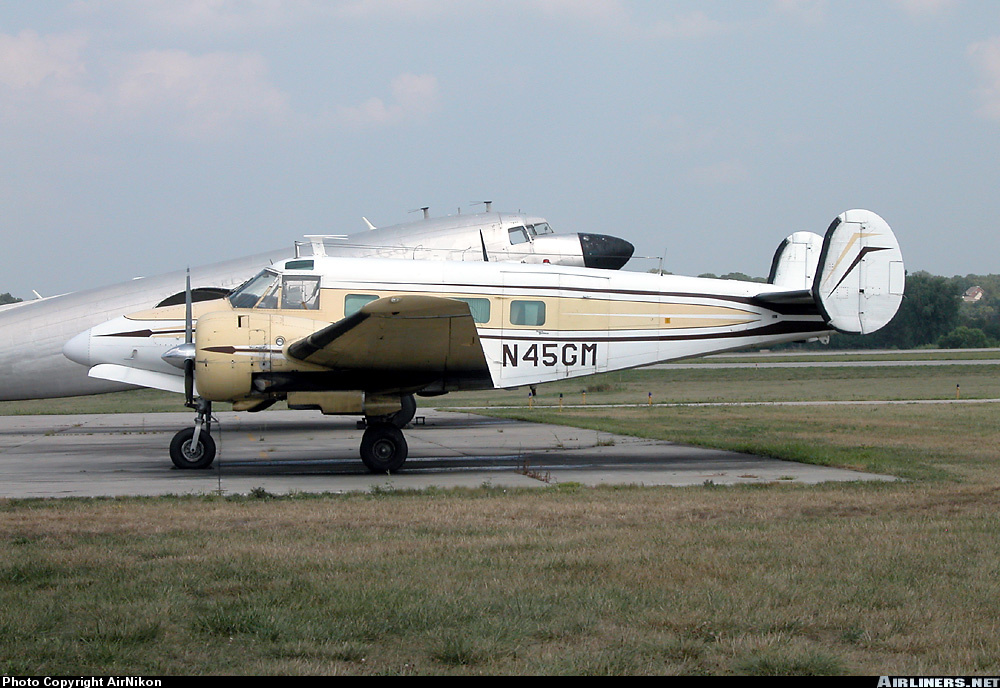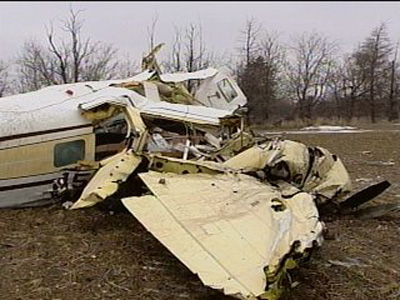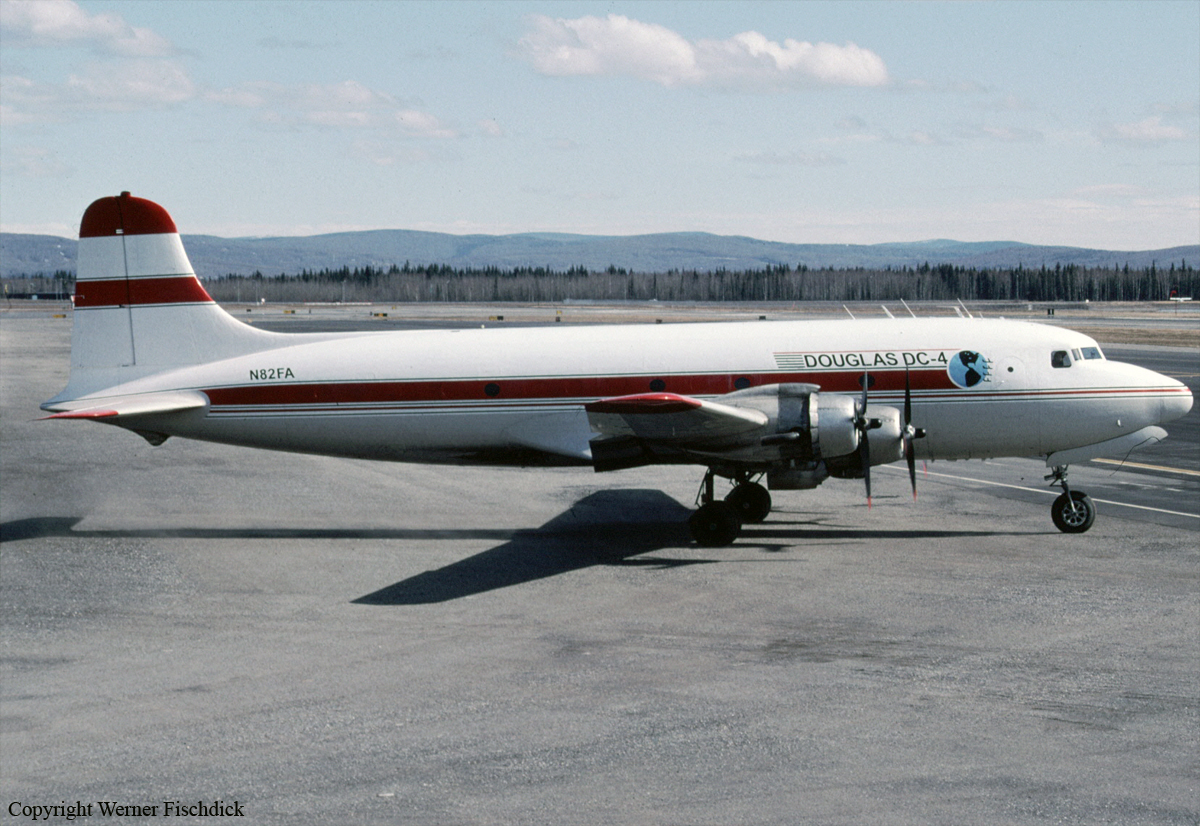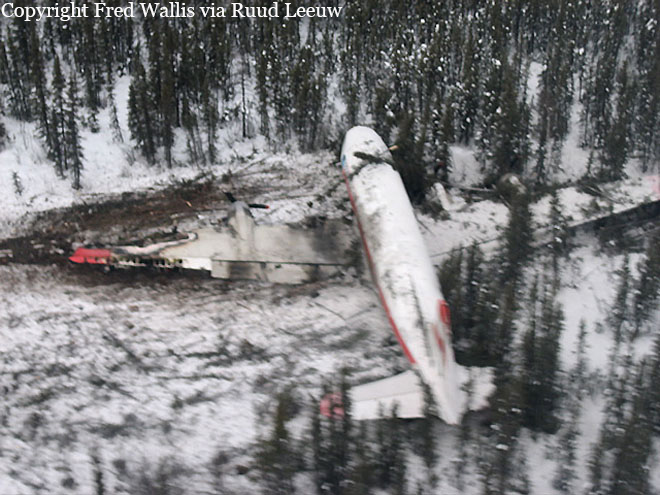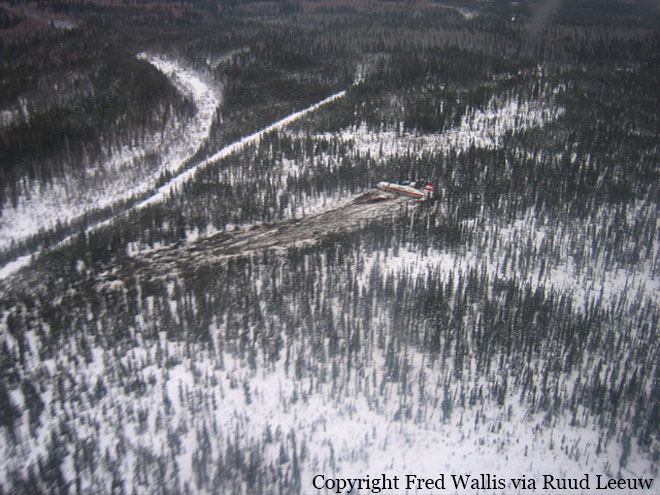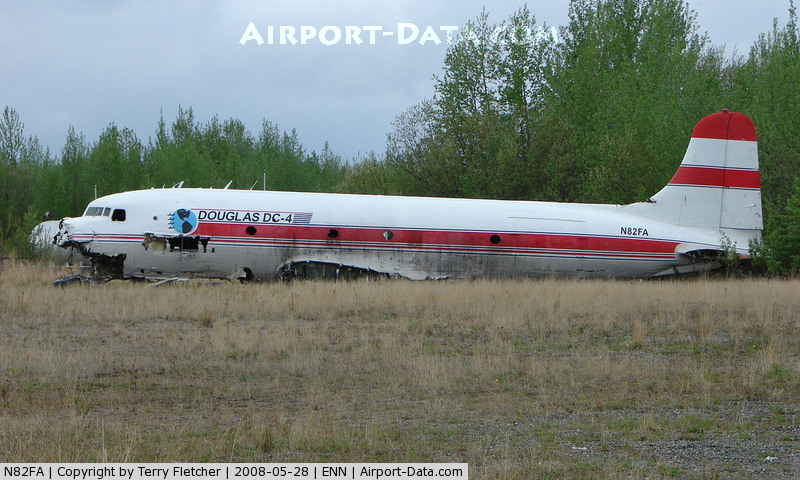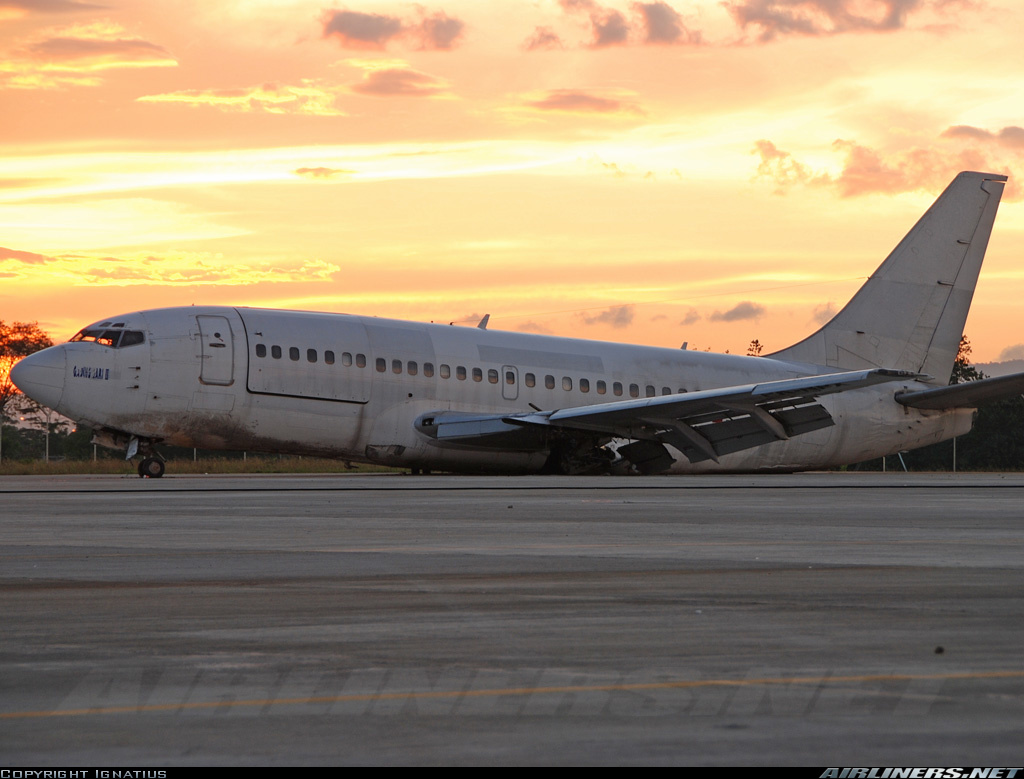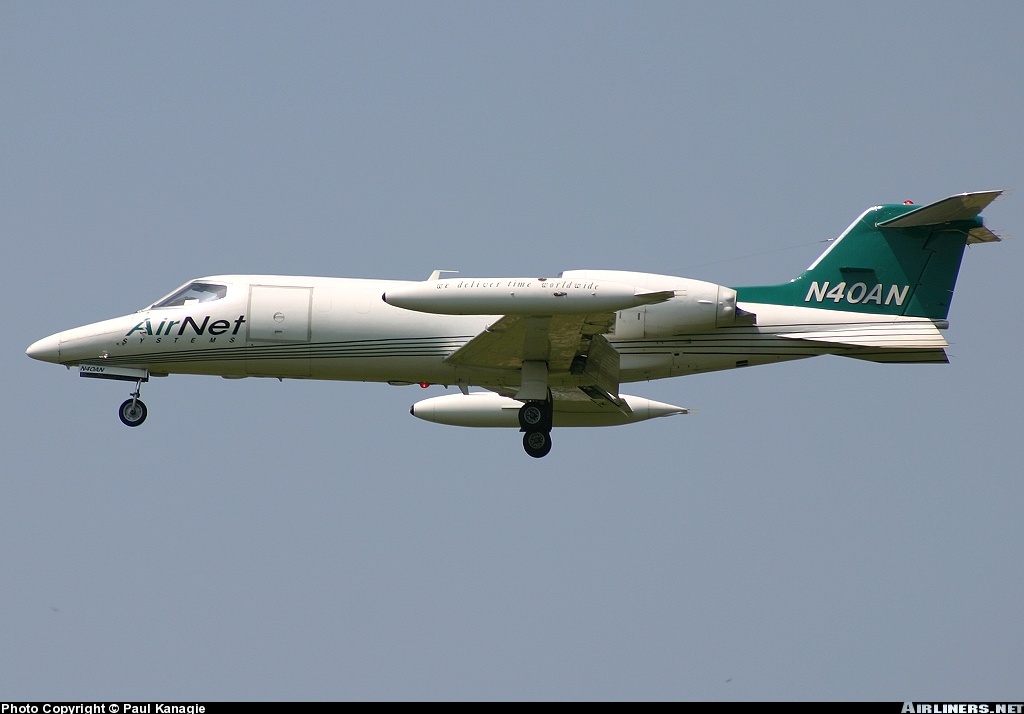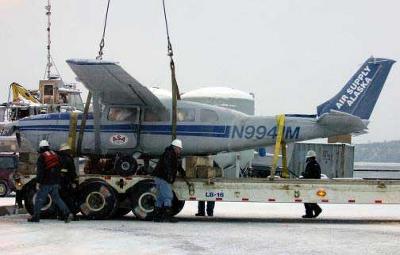Crash of a Cessna 208B Grand Caravan in Walikale: 1 killed
Date & Time:
Feb 15, 2007
Registration:
5Y-BNN
Survivors:
No
Schedule:
Goma – Walikale
MSN:
208B-0683
YOM:
1998
Crew on board:
1
Crew fatalities:
Pax on board:
0
Pax fatalities:
Other fatalities:
Total fatalities:
1
Circumstances:
The pilot was completing a cargo flight from Goma with a load of food on board. While approaching Walikale, weather conditions deteriorated. The pilot attempted three times to land but eventually initiated a go-around when the disappeared few minutes later. SAR operations were suspended after few days as no trace of the aircraft nor the pilot was found.

